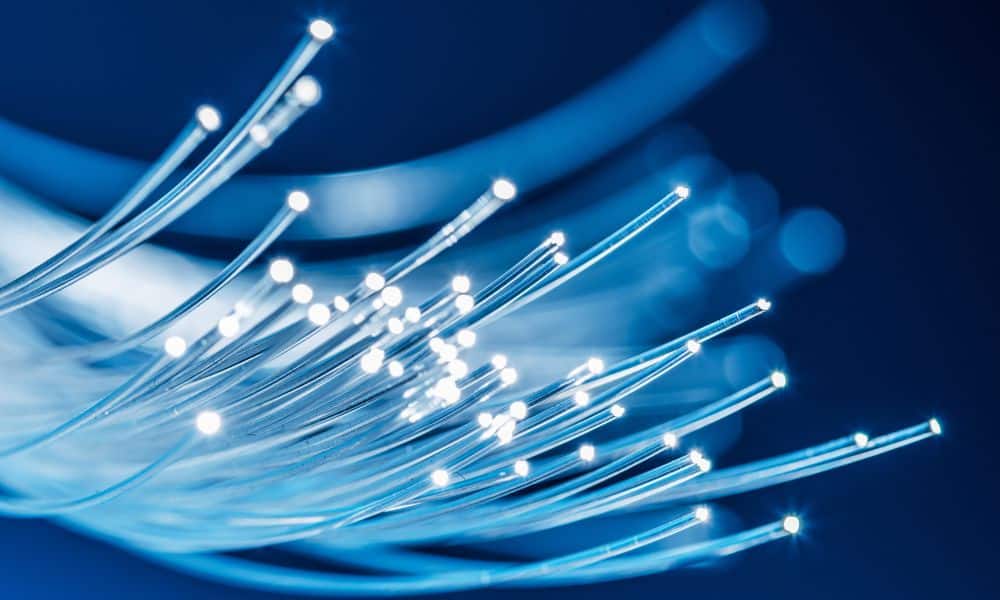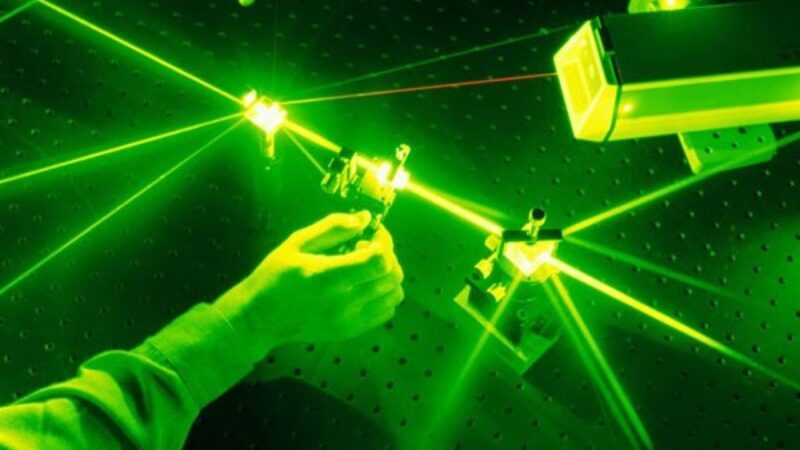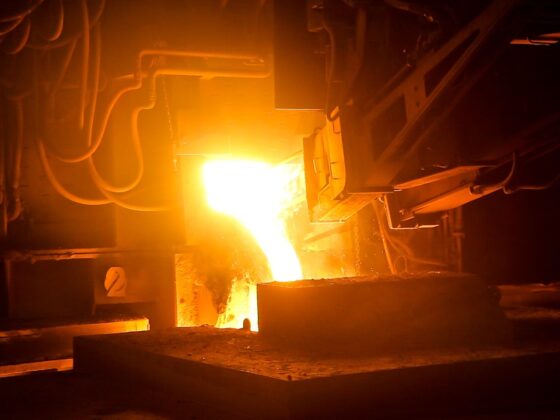In the age of digital technology, communication at the speed of light is no longer a distant dream. Laser systems in optical fiber have revolutionized how information is transmitted, allowing for unprecedented levels of efficiency and accuracy.
By utilizing laser beams to send data through glass or plastic fibers at ultra-high speeds, these networks can quickly and securely transfer vast amounts of information with little loss over long distances. The result? Explosive growth in communication capabilities has changed the way we do business, stay connected with friends and family around the world, and experience entertainment on demand.
This article seeks to explore how lasers in optical fiber systems enable lightning-fast communication across our planet—a feat that was unimaginable only a few decades ago!
Advantages of Laser-Based Communications
Laser-based communications offer a range of advantages over traditional forms of communication. Most notably, lasers are capable of transmitting data at much higher speeds than other systems.
This means that optical fiber systems using laser technology can be used to rapidly transmit large amounts of information across long distances with minimal latency or disruption. As well, these types of communication networks require significantly less energy and infrastructure to maintain than other systems since they rely on fewer physical components such as cables and connectors.
Furthermore, lasers provide better security for transmitted data because the light beams cannot be easily intercepted or tampered with in the same way that radio waves can be manipulated by malicious actors. Finally, laser-based communications also boast increased reliability due to their precision and accuracy compared to other methods which are prone to interference from external sources like weather conditions or electromagnetic radiation.
All in all, laser-based communications offer numerous benefits when it comes to speed, cost efficiency, security, and robustness – making them an ideal choice for many applications involving high-speed data transmission over long distances.
Developments in Optoelectronics Technology for Faster Communications

Optoelectronics technology has revolutionized the field of communications. This cutting-edge technology enables data to be transmitted at speeds impossible using traditional methods, allowing for much faster communication.
By combining lasers with optical fiber systems, devices such as light sources and photodetectors can transmit information instantly over long distances while remaining energy efficient. With the use of optoelectronic components, engineers have been able to create complex networks that can transmit data simultaneously in both directions without any noticeable latency or signal loss.
Such developments have made it possible for people from all around the world to connect instantaneously and share their ideas and experiences through various communication platforms such as emails, chats, and video calls. Optoelectronics technology has also enabled organizations to save time by eliminating manual processes involved in sending messages across a large network. In addition to this, optoelectronic components are highly reliable due to their ability to withstand harsh environmental conditions which makes them ideal for applications requiring secure transmission of data over long distances.
The combination of optics and electronics is paving the way towards even greater advancements in communications technologies; providing us with opportunities for more efficient transmission of data at higher speeds than ever before imaginable!
Applications of Lasers in Optical Fiber Systems
Lasers are an integral part of optical fiber systems, providing the backbone for modern communications. Lasers can be used to transmit signals over long distances through glass or plastic fibers that act as waveguides.
These laser-based systems are capable of delivering data at speeds of up to hundreds of gigabits per second, making them incredibly useful in a variety of applications such as high-speed internet connection and cable broadband. The use of lasers in optical fiber systems is not limited to communication networks – it has also been applied in other areas like medical imaging and sensing technologies.
Lasers have enabled doctors to perform minimally invasive surgeries with greater accuracy than ever before by allowing precise targeting during certain procedures. Similarly, sensors powered by laser enable improved monitoring capabilities across industries ranging from manufacturing plants to smart homes.
Optical fiber technology is quickly becoming ubiquitous due to its impressive speed and reliability – these advantages make it ideal for applications where real-time information processing is necessary such as banking transactions or video streaming services. Furthermore, the use of lasers allows for data transmission over much longer distances compared to traditional copper cables which makes it especially suitable for global-scale projects that require large amounts of bandwidth across multiple locations around the world simultaneously.
Conclusion

Laser technology has revolutionized the way we communicate. Optical fiber systems have enabled us to send and receive messages at the speed of light, making communication faster and more efficient than ever before. Thanks to lasers, data can be transmitted quickly over long distances with minimal interference or loss of quality.
This advancement in telecommunications has allowed for a new level of convenience and efficiency that is constantly being improved upon as laser technology continues to evolve. The power of lasers as applied in optical fiber systems is truly remarkable and will continue to shape our world for years to come.


